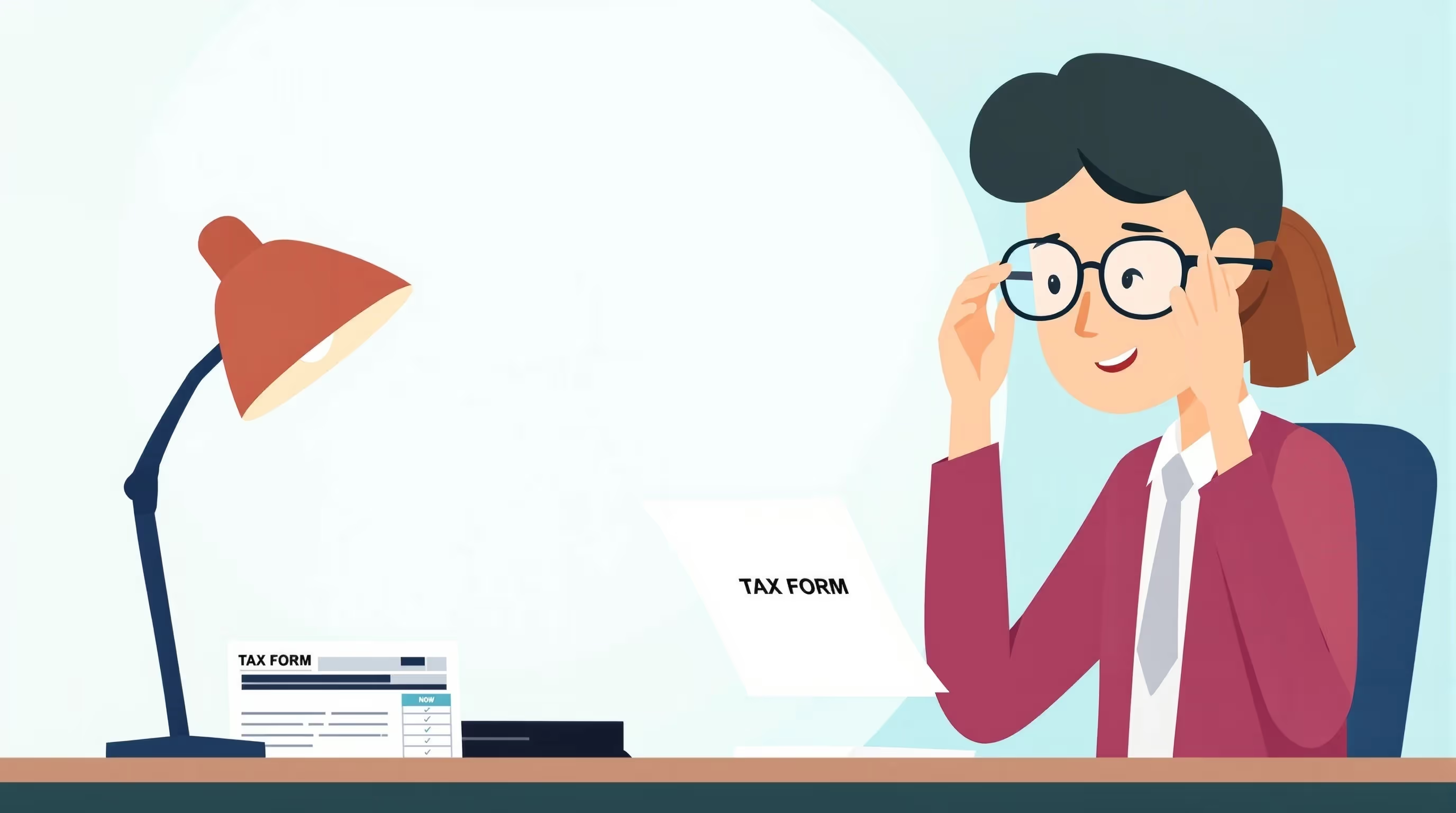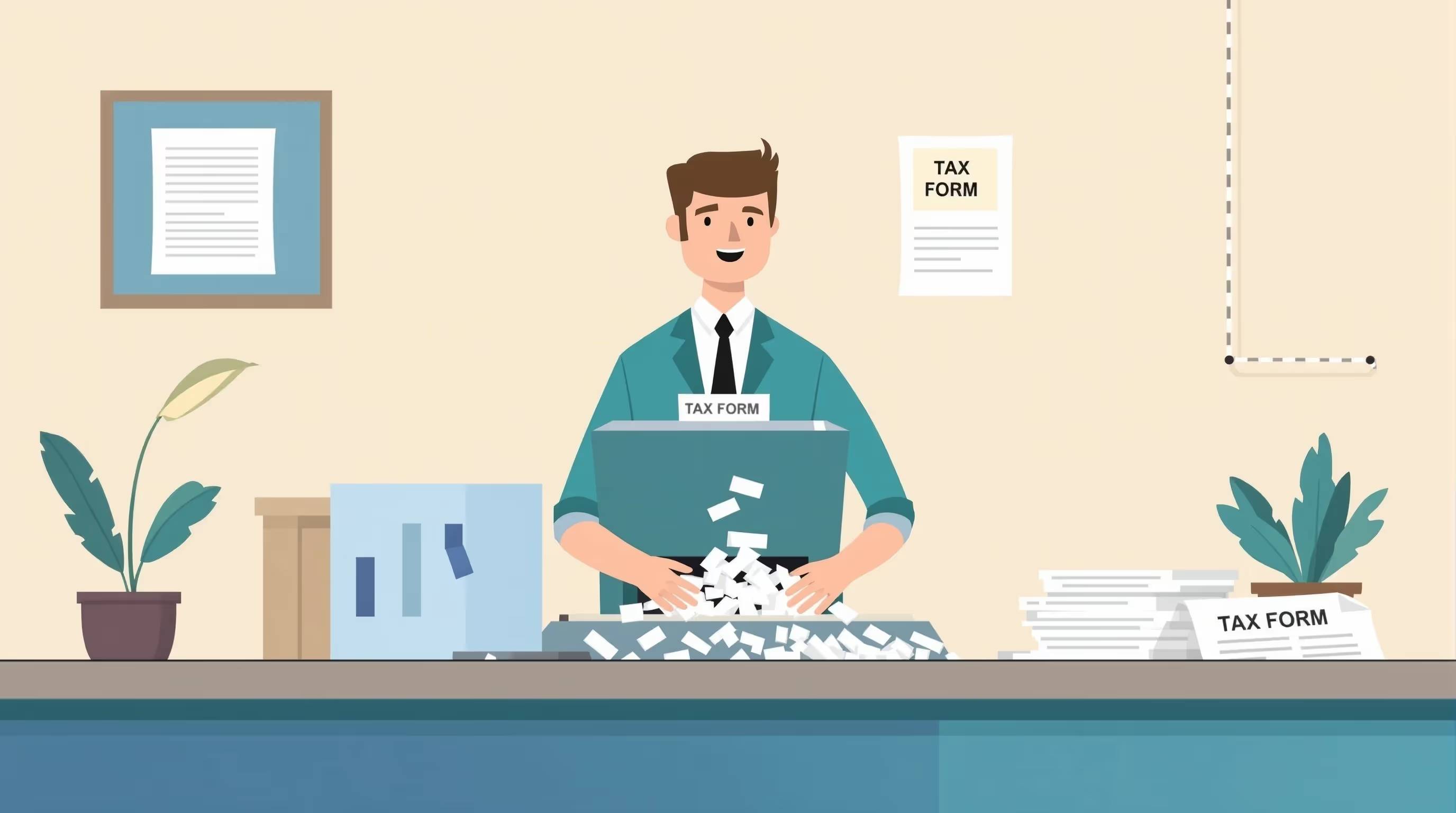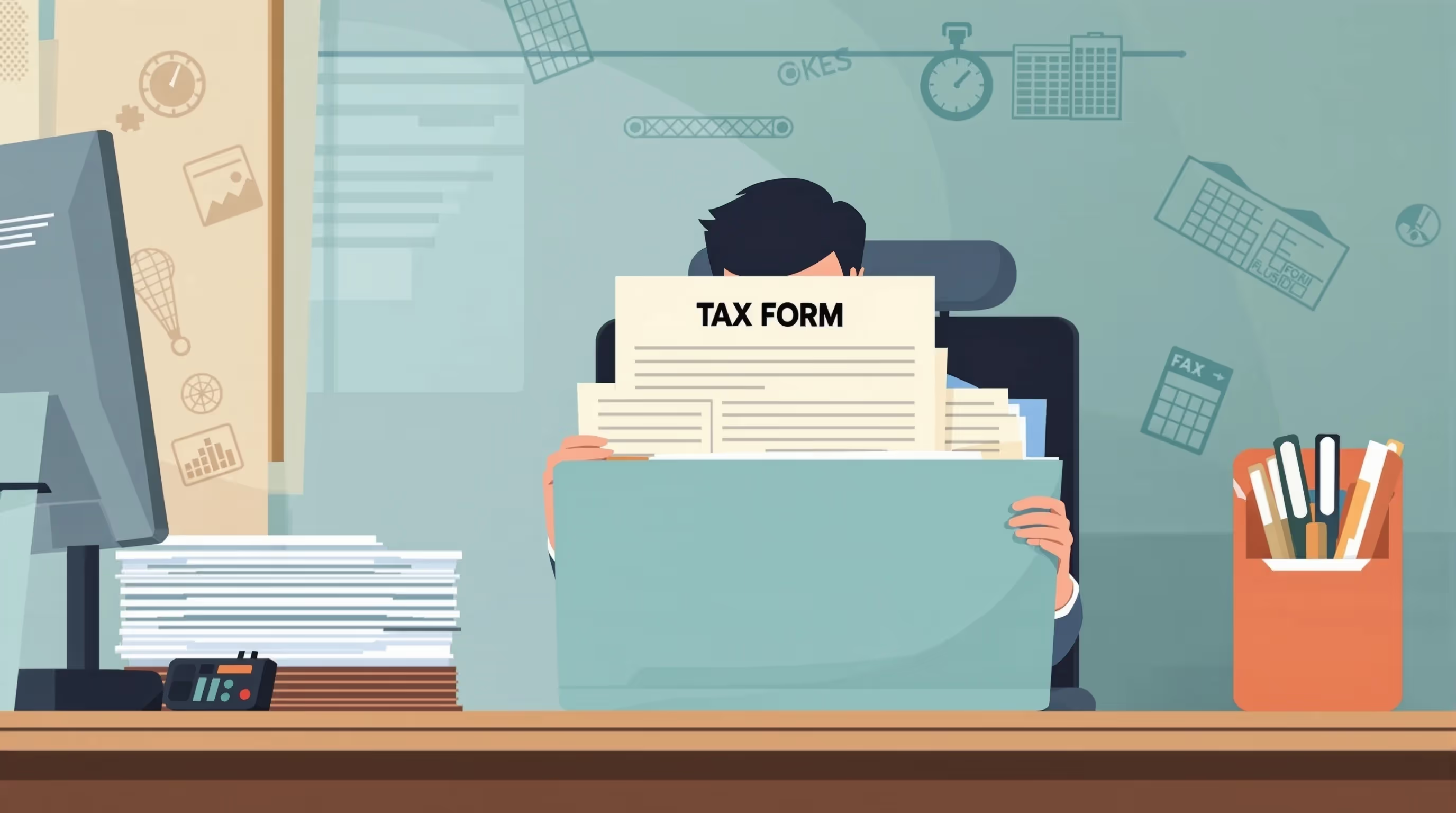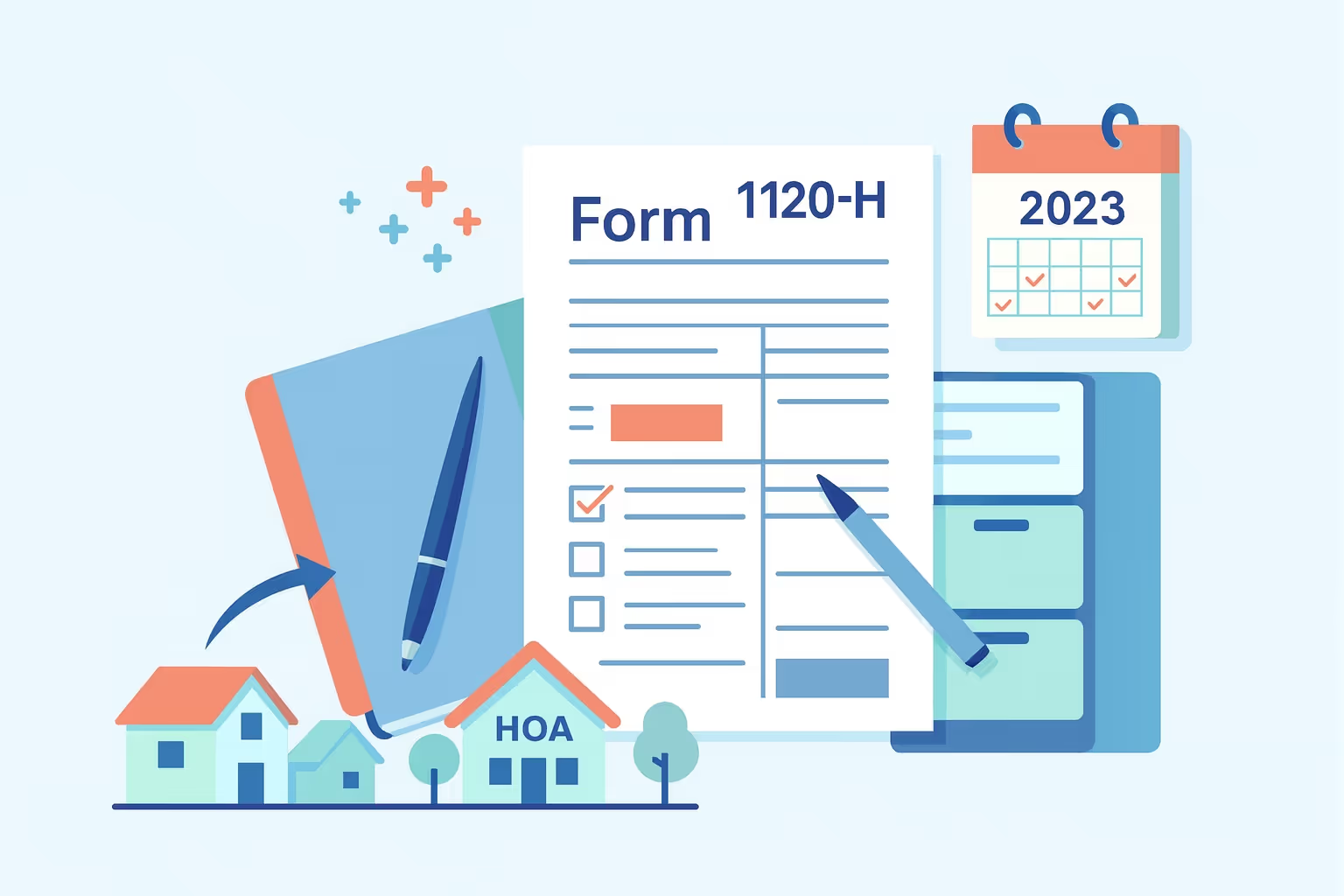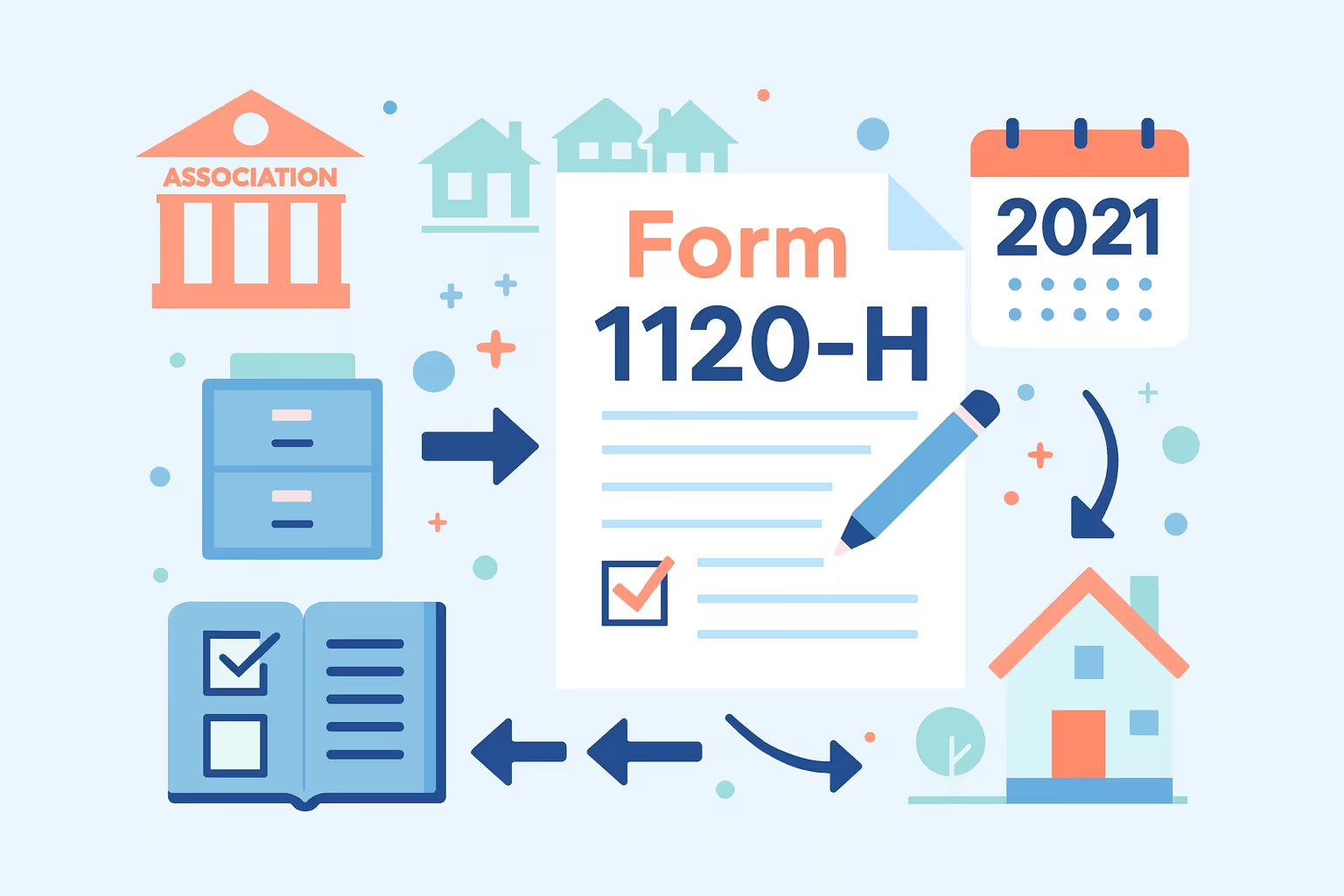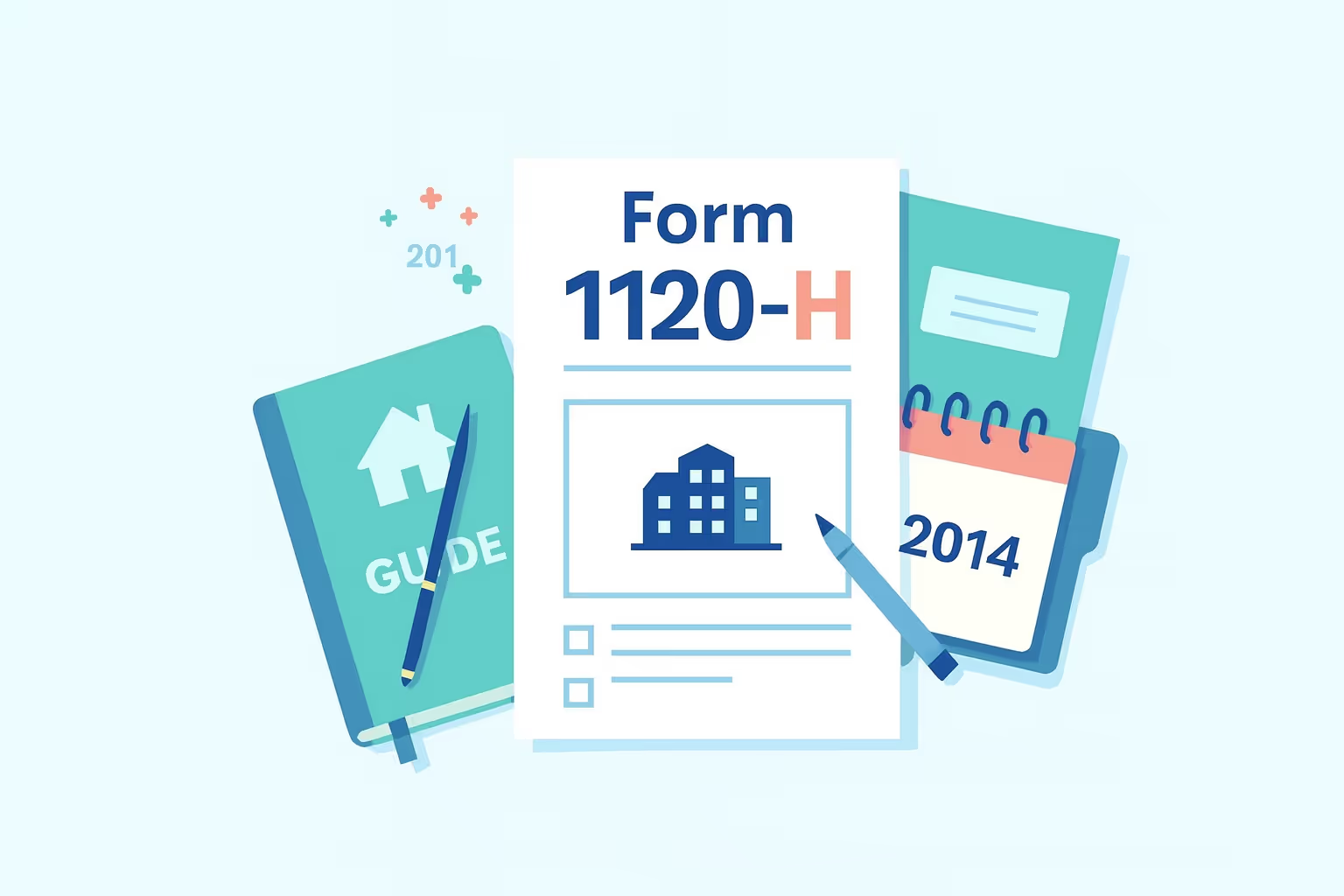Form 1120-H 2019 Instructions for Homeowners Associations
Form 1120-H 2019 instructions guide homeowners' associations through the process of filing their annual income tax return with the Internal Revenue Service. This specific tax form applies to condominium management associations, residential real estate management associations, and timeshare associations that qualify under Section 528 of the Internal Revenue Code. It provides a simplified method for calculating taxable income and claiming certain tax benefits while maintaining compliance with federal tax laws.
For many associations, filing Form 1120-H is the most efficient way to exclude exempt function income from gross income. This type of income typically consists of membership dues, fees, or assessments used to maintain association property or cover community services. By using the correct tax forms and adhering to IRS regulations, a homeowners' association can minimize its tax liability and streamline its annual tax filing process.
The 2019 version of Form 1120-H applies to tax years beginning in 2019 or short tax years ending in 2020. Homeowners' associations must compare their total tax liability under Form 1120-H and Form 1120 to determine which results in a lower tax rate. Filing correctly ensures compliance with the Internal Revenue Service and helps the association avoid penalties, interest on unpaid taxes, or delays in processing its federal tax returns.
Understanding IRS Form 1120-H
What Is Form 1120-H?
Form 1120-H is the corporation income tax return used by Homeowners' associations to report income, deductions, and tax payments to the Internal Revenue Service. This form allows associations that meet IRS requirements to claim certain tax benefits under Section 528 of the Internal Revenue Code. It provides a simplified way to calculate taxable income and pay tax only on non-exempt income, rather than the association’s total gross income.
Who Can File Form 1120-H?
Homeowners' associations may file this form if they meet the qualifications outlined by the IRS. Eligible organizations include:
- Condominium management associations that manage or maintain condominium housing units and related property.
- Residential real estate management associations are responsible for maintaining common areas or community facilities for single-family homes.
- Timeshare associations that manage timeshare properties and collect assessments or membership fees from owners.
Each type of association must ensure that at least 60 percent of its gross income comes from exempt function income and that 90 percent of its expenditures are related to maintaining association property.
Key Benefits of Filing Form 1120-H
Filing this form provides several advantages for homeowners' associations:
- It allows the association to exclude exempt function income from gross income, reducing taxable income.
- It simplifies the tax filing process compared to Form 1120.
- It offers a flat tax rate of 30 percent for condominium and residential associations and 32 percent for timeshare associations.
- It supports consistent tax compliance under IRS regulations.
Understanding how Form 1120-H works helps a homeowners' association qualify for favorable tax treatment and maintain compliance with federal tax laws. This foundation also prepares the association for the next step—determining eligibility and meeting the IRS qualification requirements before filing for tax-exempt status.
What’s New for Tax Year 2019?
The Internal Revenue Service did not introduce significant changes to the filing process for Form 1120-H in tax year 2019. However, several minor updates and reminders remain important for homeowners' associations to note when preparing their income tax returns.
IRS Updates and Tax Rates
- The taxable income of condominium and residential real estate associations remains taxed at a flat rate of 30 percent.
- Timeshare associations are taxed at a slightly higher flat rate of 32 percent.
- The 2019 version of Form 1120-H applies to tax years beginning in 2019 and to associations with short tax years ending in 2020.
- The form remains compatible with electronic filing systems, allowing associations to file their federal tax returns online.
- All federal tax payments must be made through the Electronic Federal Tax Payment System (EFTPS).
E-filing and Payment Reminders
- Electronic filing was optional for most associations in 2019, but was encouraged to reduce processing errors and confirm receipt of filings.
- Associations that file electronically must use IRS-approved software or work with an authorized e-file provider.
- Payments should be scheduled through EFTPS before the filing deadline to avoid interest on unpaid taxes or penalties.
Although the IRS did not make any structural changes to Form 1120-H in 2019, understanding these reminders helps associations maintain accurate filings and avoid unnecessary compliance issues.
Qualification Requirements for Filing
Homeowners' associations must meet several IRS qualification tests before filing Form 1120-H. These requirements confirm that the organization operates primarily for the benefit of its members, rather than for private profit.
The 60 Percent Exempt Function Income Test
- At least 60 percent of the association’s gross income must consist of exempt function income.
- Exempt function income consists of membership dues, fees, or assessments from owners that are used to maintain or manage association property.
- Examples of exempt income include payments for landscaping, maintenance, or repair of shared facilities.
- Income from nonmembers, rental income, or interest income does not qualify as exempt function income.
The 90 Percent Expense Test
- At least 90 percent of the association’s total expenditures must be for acquiring, building, managing, maintaining, or caring for association property.
- Non-exempt expenses, such as investment management fees or unrelated business costs, cannot be included in this calculation.
- Accurate financial records must be maintained to document that association spending meets IRS requirements.
Additional Eligibility Rules
- The association must not be recognized as tax-exempt under Section 501(a).
- No part of the net income may benefit a private shareholder or individual.
- The Homeowners' association files Form 1120-H annually to elect this status and may not revoke the election without IRS consent.
Meeting these qualifications ensures that the association can claim the tax benefits provided under Section 528 and maintain compliance with tax law.
Step-by-Step Instructions for Completing Form 1120-H
The process of filing Form 1120-H requires careful attention to detail. Each section of the form must be completed accurately using financial data from the association’s tax year.
Step 1 – Gather Required Information.
- Collect the association’s legal name, address, and Employer Identification Number.
- Gather accurate financial records showing income, expenses, and tax payments.
- Confirm the type of association, such as condominium, residential real estate, or timeshare.
Step 2 – Complete the Form Sections.
- In the header section, list the association’s identifying details and check any applicable boxes for name or address changes.
- In Part I, report only non-exempt income such as interest income, rental income, or capital gains.
- In Part II, list deductions that are directly connected to producing non-exempt income, such as maintenance or repair costs.
- Calculate the association’s taxable income by subtracting deductions and the $100 specific deduction from the total gross income.
Step 3 – Attach Required Schedules and Statements.
- Attach Schedule D if the association has capital gains or losses.
- Include Form 4797 if property was sold during the tax year.
- Add Form 4562 if the association claims depreciation.
- Provide detailed statements for any “other income” or “other deductions” entries.
Step 4 – Verify and Review Before Filing.
- Double-check all amounts for accuracy and consistency with the association’s records.
- Ensure that all attachments include the association’s name and identification number.
- Review all totals and verify that the correct tax rate has been applied.
Following each step helps homeowners' associations complete their corporate income tax return accurately, maintain compliance with IRS regulations, and avoid costly delays or penalties when filing Form 1120-H.
Filing Deadlines and Submission Methods
Homeowners' associations must follow the filing deadlines established by the Internal Revenue Service to avoid penalties or the loss of Form 1120-H election privileges. Filing on time ensures that the income tax return is processed efficiently and that the association remains in good standing with the IRS.
Filing Deadlines
- Associations using a calendar year must file Form 1120-H by April 15 of the year following the calendar year in which the tax year ends.
- Associations using a fiscal year must file by the 15th day of the fourth month after the end of the tax year.
- If the fiscal year ends on June 30, the filing deadline is the 15th day of the third month after the close of that year.
- If the due date falls on a weekend or legal holiday, the return is due on the next business day.
How to File?
- Associations may choose to file electronically or by paper mail.
- Electronic filing is faster and helps reduce mistakes through built-in IRS error checking.
- Paper filing requires mailing the completed form and all attachments to the correct IRS Service Center based on the association’s location.
- Eastern states typically mail to Kansas City, Missouri, while western states mail to Ogden, Utah.
Extension Options
- Associations that need additional time may request a six-month extension by filing Form 7004.
- The extension only applies to filing the return, not to paying taxes owed.
- Any unpaid taxes must still be submitted by the original due date to prevent interest and penalties.
Meeting these filing deadlines ensures that homeowners' associations maintain compliance and avoid unnecessary penalties or delays in processing their federal tax returns.
Payment and EFTPS Requirements
Paying the tax due correctly and on time is an essential part of the tax filing process for homeowners' associations. The IRS requires most payments to be made electronically using the Electronic Federal Tax Payment System.
How to Make Payments?
- Associations must pay any tax owed by the filing deadline to avoid interest on unpaid taxes or penalties.
- Payments must be made separately from the return submission through EFTPS.
- To use EFTPS, an association must register online at eftps.gov and provide its Employer Identification Number and bank account details.
- The IRS mails a personal identification number to complete the setup before payments can be scheduled.
Alternative Payment Methods
- Associations that cannot use EFTPS may make a same-day wire transfer through a financial institution.
- Payments can also be made by phone using the EFTPS automated system.
- Checks or money orders are accepted only in limited cases, with prior approval from the IRS.
Payment Tips
- Schedule payments early to ensure timely processing.
- Keep confirmation records showing payment dates and amounts.
- Verify that the payment has cleared before the filing deadline.
- Maintain documentation for all tax payments in the association’s financial records.
Following these payment steps helps the Homeowners' Association remain compliant with IRS regulations and maintain accurate records for future audits or financial reviews.
Common Mistakes to Avoid
When completing Form 1120-H, Homeowners' associations often make minor but costly errors that can delay processing or lead to penalties. Understanding these common mistakes helps ensure a smoother tax filing process and compliance with IRS regulations.
Qualification Test Errors
- Some associations fail to confirm that at least 60 percent of their gross income qualifies as exempt function income.
- Errors occur when associations include nonmember payments or interest income as exempt income.
- The 90 percent expense test is sometimes miscalculated when non-exempt expenses, such as investment advisory fees, are included in the calculation.
- Associations occasionally neglect to keep accurate financial records, which can hinder their qualification under Section 528.
Income and Deduction Errors
- Homeowners' associations sometimes report exempt income instead of excluding it from gross income as required by law.
- Errors occur when associations fail to subtract the $100 specific deduction from taxable income before applying the tax rate.
- Misclassifying rental income or excess membership dues as exempt income can result in overstated deductions and incorrect tax liability.
- Some associations include real estate taxes or property taxes assessed that do not directly relate to non-exempt income, which can lead to inaccuracies in calculating taxable income.
Filing and Payment Errors
- Missing the filing deadline can result in penalties and the loss of eligibility to file Form 1120-H for that tax year.
- Using outdated tax forms or failing to attach required schedules, such as Form 4562 or Schedule D, can result in processing delays.
- Homeowners' associations sometimes forget to sign the form or include their Employer Identification Number, causing rejection.
- Failure to make timely tax payments through EFTPS or other approved methods can lead to interest on unpaid taxes and additional penalties.
Recordkeeping and Compliance Issues
- Associations often fail to distinguish between exempt and non-exempt income in their financial records, making IRS verification more challenging.
- Missing documentation for tax paid, tax credits, or capital gains can complicate future filings.
- Incomplete records of membership dues, tax-exempt interest received, or the association’s total expenditures can raise compliance questions.
- Poor organization during the tax season increases the risk of errors and missed deductions.
Avoiding these mistakes helps homeowners' associations maintain tax compliance, file accurate federal tax returns, and minimize the risk of audits or penalties from the Internal Revenue Service.
Filing During a Dormant or Zero-Activity Year
Some homeowners' associations experience years with minimal financial activity or no non-exempt income. Even in these cases, the IRS may still require the filing of Form 1120-H to maintain a consistent filing pattern and demonstrate ongoing qualification.
When Filing Is Required?
- The association should file Form 1120-H if it elects to take advantage of Section 528 each year, even if there is no activity.
- A filing is required if any non-exempt income, such as interest income or late payment fees, was received during the tax year.
- Filing helps maintain the association’s tax election history and supports ongoing compliance with IRS regulations.
How to Complete Form 1120-H for a Dormant Year?
- Enter zeros in the income and deduction sections if no non-exempt income was received.
- Report zero taxable income if all income is exempt function income.
- Omit reporting exempt income, since Form 1120-H only covers non-exempt income.
- Keep all supporting documentation for verification by the IRS.
Benefits of Filing During a Zero-Activity Year
- Maintaining a consistent filing record demonstrates continued qualification for certain tax benefits.
- Filing regularly helps prevent confusion and compliance issues in future tax years.
- It provides clear documentation of the association’s inactive financial status.
Even if the association has little to report, maintaining filing consistency helps prevent questions about tax-exempt eligibility or future filing gaps with the Internal Revenue Service.
First-Time Filer Guidance
Homeowners' associations filing Form 1120-H for the first time should prepare thoroughly to ensure accuracy and compliance. Clear documentation and a structured approach help simplify the process and avoid errors.
Preparation Checklist
- Gather accurate financial records, including income and expense reports for the association’s tax year.
- Confirm the association’s legal name, address, and Employer Identification Number.
- Collect supporting documents such as bank statements, invoices, and membership fee records.
- Verify classification as a condominium management association, residential real estate management association, or timeshare association.
Choosing Between Form 1120 and Form 1120-H
- The association must compare its total tax liability using both forms.
- Form 1120-H generally results in easier compliance and fewer calculations.
- Form 1120 may produce a lower tax amount if the association’s non-exempt income is minimal.
- Once Form 1120-H is filed for a tax year, the election cannot be revoked without IRS approval.
Recordkeeping and Planning Ahead
- Maintain organized files for all tax years, including previous income tax returns and payment confirmations.
- Separate exempt income and non-exempt income in accounting records.
- Schedule essential dates for the upcoming tax season to ensure you don't miss filing deadlines.
- Consider professional tax services if the association manages large or complex financial activities.
Preparing early and maintaining accurate documentation ensures the homeowners' association complies with tax law and avoids unnecessary complications in future filings.
Frequently Asked Questions
What are Form 1120-H 2019 instructions used for?
Form 1120-H 2019 instructions help homeowners' associations complete their annual income tax return with the Internal Revenue Service. These guidelines outline the process for filing Form 1120-H, determining exempt function income, and calculating taxable income. Following the IRS form correctly allows a homeowners' association to claim certain tax benefits, comply with federal tax law, and maintain accurate financial records for the association’s tax year.
What does exempt function income consist of?
Exempt function income consists of membership dues, fees, or assessments paid by members to maintain or improve association property. Homeowners' associations use this income for landscaping, building repairs, or other maintenance services. They must exclude exempt function income from their gross income on the corporation income tax return, paying income tax only on non-exempt income such as rental income, interest income, or capital gains.
How does filing Form 1120-H provide tax benefits?
When a homeowners' association files Form 1120-H, it gains access to certain tax benefits, including the ability to exclude exempt function income from taxable income. Associations pay tax only on non-exempt income, such as interest income or rental income, at a flat tax rate of 30 percent or 32 percent for timeshare associations. Filing this IRS form simplifies the tax filing process and ensures tax compliance with IRS regulations.
What happens if a homeowners' association fails to file federal tax returns on time?
If a homeowners' association fails to file federal tax returns or misses the filing deadline, it may lose eligibility for Form 1120-H and face penalties on unpaid taxes. The Internal Revenue Service can also charge interest until the full tax amount is received. Timely filing supports tax compliance, ensures accurate reporting of the association’s income, and prevents complications with future HOA tax returns.
How should a homeowners' association handle non-exempt income?
Non-exempt income includes earnings not related to maintaining association property, such as rental income, interest income, or excess membership dues. Homeowners' associations must report this income when filing Form 1120-H to ensure their taxable income is accurate. Maintaining clear records of non-exempt expenses and income supports IRS compliance, simplifies the income tax return process, and prevents errors in calculating the association’s total net income.
When should homeowners' associations seek help from a tax professional?
A tax professional should be consulted when a homeowners' association has complex financial records, multiple income sources, or uncertainty about how to correctly exclude exempt function income. A professional can also assist with issues such as property taxes, installment agreement online applications, or calculating tax credits. Expert guidance ensures the association’s tax forms comply with current tax law changes and that the correct tax payments are made each tax season.






